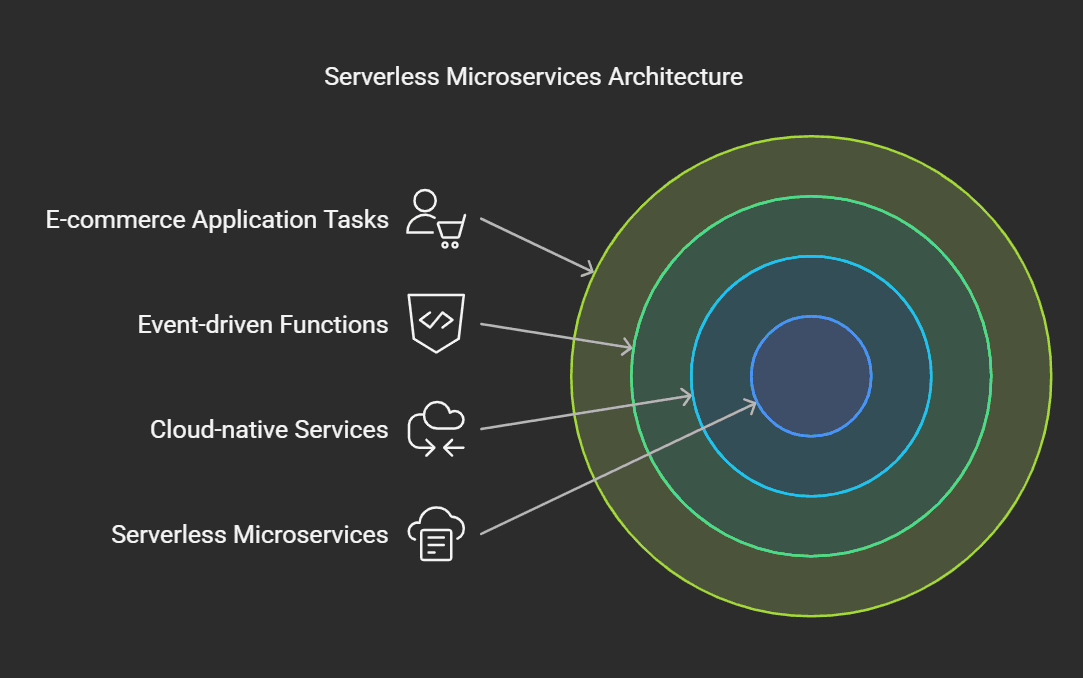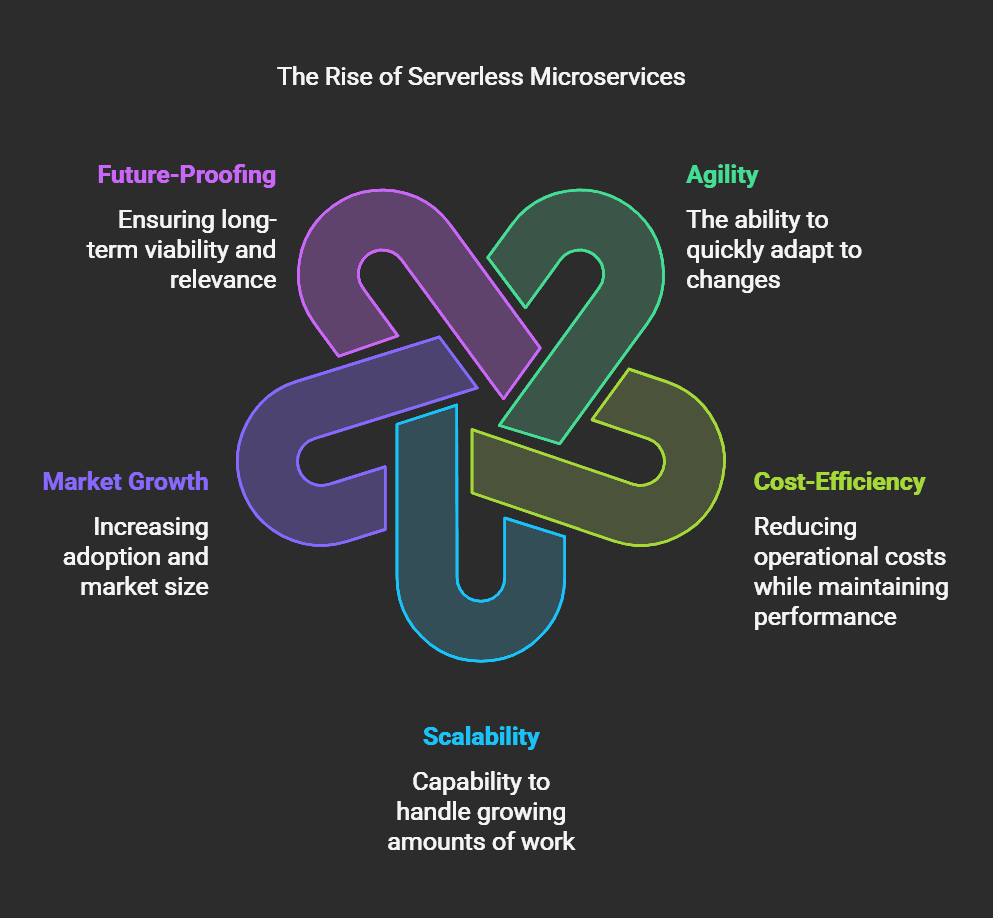Revolutionizing Web Development: Harnessing the Power of Serverless Microservices Architectures
Explore how shifting to a serverless microservices architecture can transform your web development projects.
Varritech
March 4, 2025

Revolutionizing Web Development: Harnessing the Power of Serverless Microservices Architectures
In the ever-evolving world of web development, staying ahead of the curve means embracing innovative technologies that simplify processes, enhance scalability, and reduce costs. One such groundbreaking approach is the combination of serverless computing and microservices architecture. Together, they are transforming how developers build and deploy applications, enabling faster innovation and more efficient resource management.
What Are Serverless Microservices?
At its core, serverless microservices architecture merges two powerful paradigms:
Microservices Architecture: This involves breaking down an application into smaller, independent components (microservices), each responsible for a specific functionality. These components communicate via APIs but operate in isolation, making them independently deployable and scalable.
Serverless Computing: This abstracts away server management by allowing developers to focus solely on writing and deploying code. Cloud providers handle infrastructure provisioning, scaling, and maintenance dynamically.
When combined, serverless microservices leverage cloud-native services to execute small, event-driven functions that are modular and scalable. For instance, an e-commerce application could use serverless microservices for tasks like validating shipping addresses or generating invoices—each as independent functions triggered by specific events like order placement17.

Key Benefits of Serverless Microservices
The synergy between serverless computing and microservices unlocks significant advantages:
Scalability: Both architectures excel at scaling independently based on demand. Serverless functions automatically scale up or down depending on traffic or events, ensuring optimal performance without manual intervention45.
Cost Efficiency: The pay-as-you-go model of serverless computing eliminates costs for idle resources. This aligns perfectly with microservices' modular design, ensuring cost-effective resource utilization25.
Faster Development Cycles: Developers can focus on building discrete functionalities without worrying about infrastructure management. This fosters rapid prototyping and deployment36.
Resilience and Isolation: Each microservice runs independently, reducing the risk of system-wide failures. Serverless functions further enhance this by being stateless and isolated37.
Event-Driven Agility: The event-driven nature of serverless aligns seamlessly with asynchronous
communication in microservices, enabling real-time responsiveness37.
Use Cases Revolutionizing Web Development
Serverless microservices are particularly well-suited for modern web applications due to their flexibility and efficiency. Some notable use cases include:
API Management: Serverless functions can handle API requests dynamically, scaling to meet fluctuating demand while maintaining low latency26.
Real-Time Data Processing: Applications like chatbots or IoT platforms benefit from event-driven execution, processing data as it arrives without persistent servers24.
E-Commerce Workflows: From inventory updates to personalized recommendations, serverless microservices enable modular workflows that can be scaled independently17.
Authentication Systems: Lightweight serverless functions simplify user authentication and authorization processes while reducing operational overhead2.
Challenges to Consider
While the benefits are compelling, adopting serverless microservices comes with challenges:
Cold Starts: The stateless nature of serverless functions may lead to latency during initial execution.
Debugging Complexity: Distributed systems can complicate debugging and monitoring.
Vendor Lock-In: Relying on specific cloud providers for serverless services can limit flexibility in the long term46.
To mitigate these challenges, developers should adopt best practices such as optimizing function execution time, leveraging monitoring tools, and designing vendor-agnostic architectures where possible.
The Future of Web Development
As businesses continue to prioritize agility and cost-efficiency, the adoption of serverless microservices is poised to grow exponentially. According to market projections, the global serverless architecture market is expected to reach $50.86 billion by 2031—a testament to its transformative potential5.

By harnessing the power of serverless microservices architectures, developers can build robust, scalable applications that not only meet today’s demands but are also future-proofed for tomorrow’s challenges. Whether you're building real-time applications or scaling an e-commerce platform, this revolutionary approach is redefining what’s possible in web development.